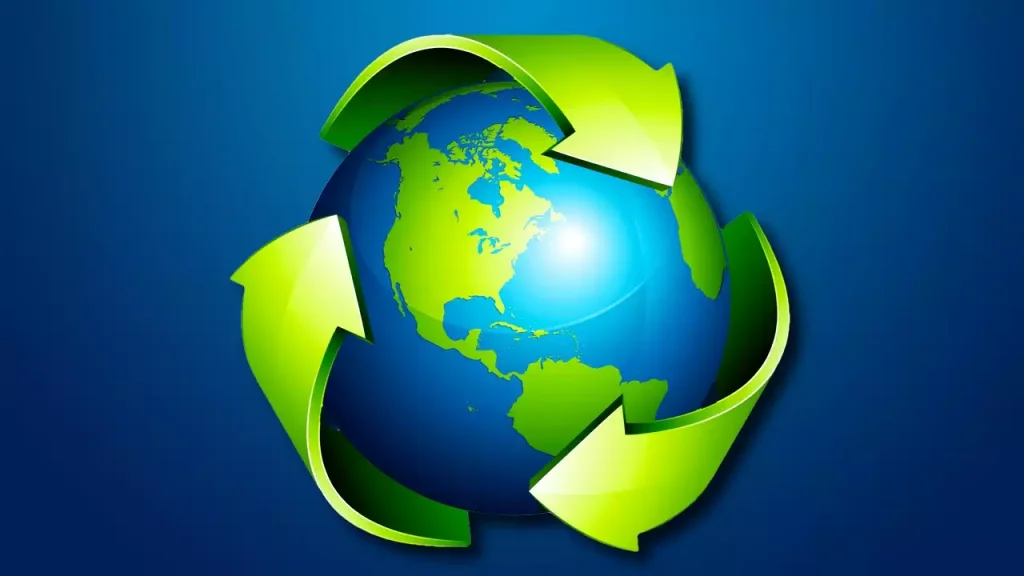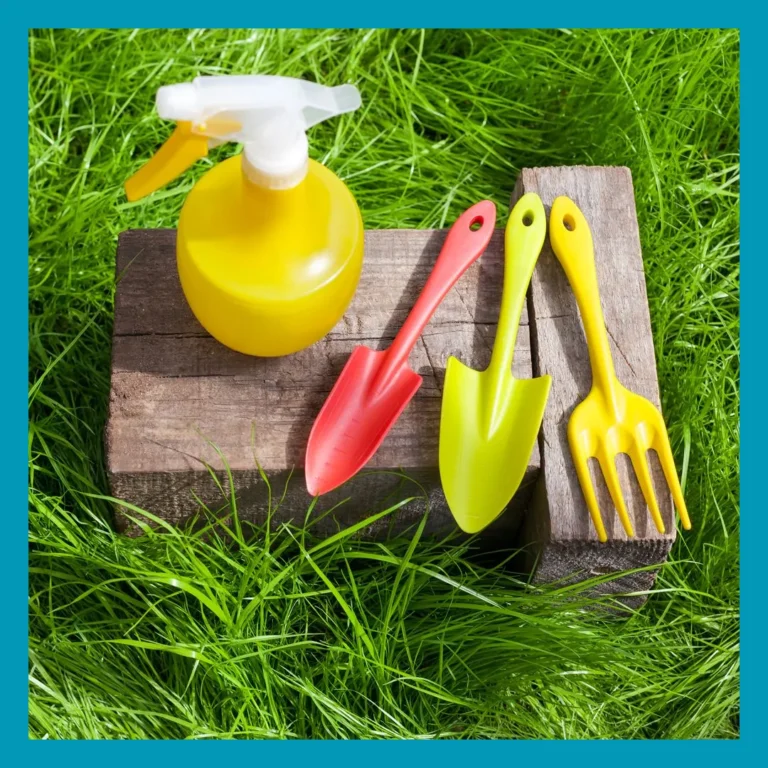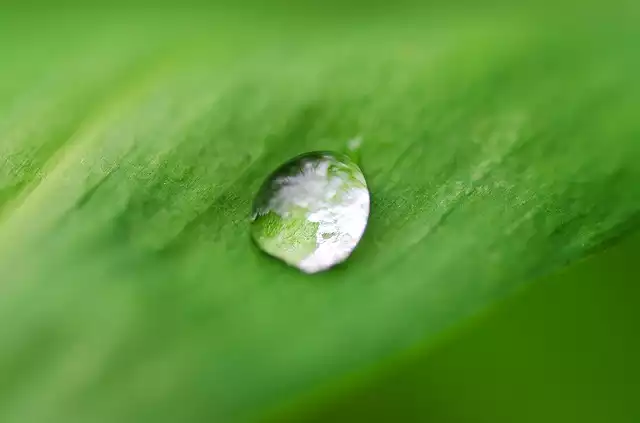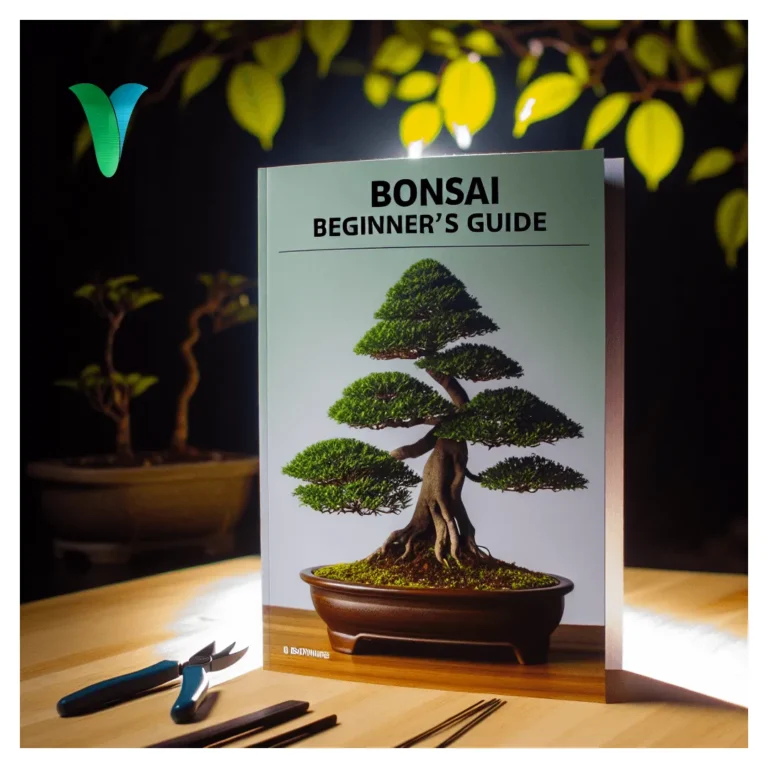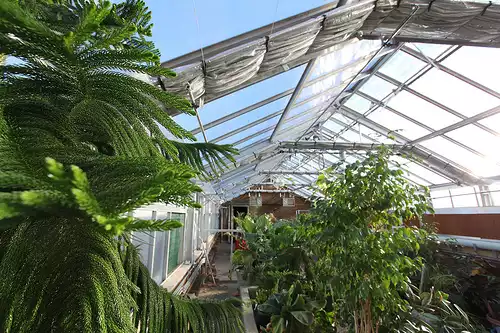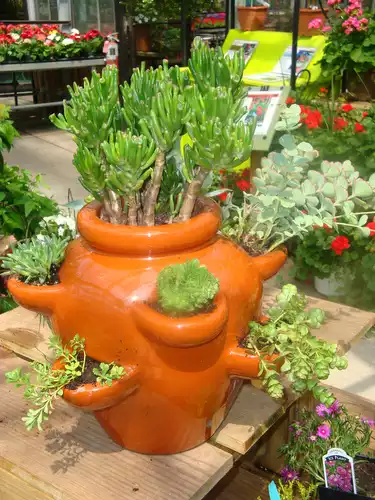Recycling in the 21st Century
In an era where the echoes of environmental consciousness reverberate louder than ever, Recycling in the 21st Century stands as a beacon of hope and innovation.
As we navigate through this century, our planet whispers urgent pleas for healing, urging us to rethink not just how we consume, but more importantly, how we dispose of what we’ve consumed.
The concept of recycling—an age-old practice—has been reinvigorated with new vigor and vision, transforming from a simple act of segregating trash to a sophisticated symphony of sustainable practices that promise to reshape our world.
The journey into modern recycling is akin to embarking on a grand adventure; it’s ripe with challenges yet brimming with opportunities.
It beckons us to look beyond the bin and see the potential for change in every discarded item—a call that resonates with both individuals and industries alike.
In embracing these innovative recycling techniques and philosophies, we’re handed the power to combat climate change directly from our homes and workplaces.
This narrative isn’t just about managing waste; it’s about rewriting our story from one of consumption to conservation. Let’s dive into how Recycling in the 21st Century is setting the stage for a cleaner, greener planet—one recyclable at a time.
Table of Contents Recycling in the 21st Century
We all do what we can
to cut down on landfill space, and now we have some things that will make that so much easier, you may wonder why you hadn’t thought of it before.
You have probably read articles in the past about how recycling leaves in the fall can reduce trash truck runs by as much as 25%.
That alone reduces the size of landfill space as well as gas emissions from the trash trucks. So we can “kill two birds with one stone” just by composting our fall leaves.
Recycling our trash and kitchen and garden waste in our homes can have a positive impact on the environment, especially when multiplied by the millions of homes across the country.
It allows us to contribute to reducing landfill space and eliminates the need for finger-pointing. With new methods available, it becomes easier to recycle and manage waste effectively.
One such example is composting fall leaves, which can significantly reduce trash truck runs by up to 25%.
This not only reduces landfill space but also decreases gas emissions from the trucks, allowing us to achieve two goals simultaneously.
There is a design for every person
and every budget. You might think you have too many leaves to bother composting them, but it actually takes less work (and no plastic bags) to put them in a composter, and the benefits of the finished product is the other best thing you can do to nurture Mother Nature.
Recycling at home positively impacts the environment by reducing landfill space and eliminating blame. New methods make recycling and waste management easier.
Composting fall leaves reduces trash truck runs by up to 25%, decreasing gas emissions and achieving dual goals. There are composting designs for every person and budget, making it an accessible option.
Composting requires less effort and avoids plastic bags, while nurturing the environment with the benefits of the final product.
Composting Equipment
If you have a tumbling composter, like the Tumbleweed (my personal favorite), it will convert 3 bushels of leaves (or more) into gardener’s “black gold” in 3 weeks. Got more than 3 bushels of leaves?
Pile them up next to your composter waiting for the next batch.
If you wet them down once in a while, it helps hold them down.
Or, better yet, get a Geo bin to store them in. We have those available too.
You can experiment with different composting methods using different composters. Composting can actually become very fascinating once you get into it.
Fall leaves are not all a person can (and aught to) compost. We have kitchen waste composters that do all of it for you.
The Nature Mill Indoor Home Composter is quiet, odorless, and can be put into a cupboard behind a door if desired. Instead of scraping all the leftovers into the disposal, you simply scrape them into the Nature Mill.
It has a large lid, so filling it is easy. It’s electric, so it does all the stirring and heating, and it makes it’s own compost tea.
Things you would normally throw down the garbage disposal (which uses a lot of water to grind up food) can be put into this indoor composter that can make your garden beautiful.
If you are still confounded by all the different choices and ways to compost, go with the Earthmaker. It doesn’t look like the conventional composters that you tumble, it looks more like an outdoor filing cabinet.
One of these just outside the kitchen door is a very convenient and easy way to make “black gold” out of all your compost-able debris.
You just keep adding to the top, the Earth maker and gravity do the mixing and converting, and the finished compost is easily harvested from the bottom.
Use one of the Odor Free Compost Buckets to keep kitchen waste in until you can add it to the composter.
If you don’t have the inclination or time to do a lot of recycling, anything you can do will be a step in the right direction.
You can fill up one of our cold composters like the Feelgood, with kitchen and yard materials and just let it sit, forget about it, and eventually you will find all the materials compacted down into fertile compost in the bottom.
And you hardly have to work at it. If you add some Compost Activator to the cold composters it gives them a jump start at decomposition.
There is a level of commitment to recycling for each of us, based on how much time we have for it, how much we want to do it, and how many things we want to recycle.
Many in our country recycle aluminum cans because we are rewarded for it with cash.
Worms as a tool for Recycling
But, there are some things that are better than cash (granted, not too many). You can recycle your paper and kitchen waste, even doggie doo, into worm castings.
4seasongreenhouse.com sells these nifty worm factories that make it so easy to get worm castings to harvest and use for all your plants.
Worm castings take compost a step further in the decomposition process, which makes all the nutrients more accessible to the plants roots on the chemical level.
Worms digest and completely change the chemistry of every thing you give them to eat. It becomes totally unrecognizable as what it was, and becomes the darkest, richest, most nutritious plant food, soil amendment, and all-round aide to plant health on the planet.
I have seen with my own eyes what just a top- dressing or tea will do for plants. It is really marvelous, and within a week or two you can actually see the improvement.
Take a look at the Worm Factory and Pet Poo Converter for making worm castings more streamlined.
My worms now eat all my junk mail and personal data no longer goes to the dump.
It’s truly amazing what volume of shredded paper can be consumed by those little worms!
This is truly a symbiotic relationship.
I feed the worms my trash, they make worm castings that I feed my plants that feed me fresh tomatoes and cucumbers, etc.
The flowers love the stuff too, so that feeds my soul. It’s a wonderful life!
Other Ways of Recycling Paper
Even old-timer composters like myself can learn new tricks for recycling. People send me paper in the mail all the time, and I even buy it sometimes.
In the winter I can burn it with the wood, but in the warmer months, which is at least 6 out of 12, I can get buried in the stuff. Some say we are in the electronic age, but I think we are still in the paper age.
Despite the digital age, paper remains a prominent part of our daily lives.
Other ways to recycle paper include using it for crafts, such as making origami or papier-mâché projects.
You can also shred it and use it as bedding for small animals like hamsters or gerbils.
Another option is to use it as packing material when shipping fragile items.
Additionally, you can donate old newspapers and magazines to schools or community centers for art projects or reading materials.
Can you Sell your recyclables
We recycle cardboard (can get cash for that!), and newspaper can be bundled up and dropped off-but what about all the junk mail and the personal data papers you have to shred.
We’ve done our best to help and not hinder Mother Earth as she sustains us. We have done the “responsible” thing in contributing to the recycling movement. If we don’t, it may not stay a choice.
Yes, you can sell your recyclables such as cardboard to recycling centers in exchange for cash.
However, for junk mail and personal data papers that need to be shredded, you may need to find secure document destruction services that can handle the disposal of such sensitive materials.
It is important to prioritize responsible recycling practices to support the sustainability of our environment.
Best way to ensure plastic recycling
The best way to ensure plastic recycling is to separate different types of plastic, such as PET and HDPE, from other recyclable materials.
Make sure to clean the plastic containers and remove any non-plastic components before recycling.
Check with your local recycling facility to find out if they accept certain types of plastic, as some facilities may have specific requirements. R
emember to recycle plastic bags separately and consider reducing your overall plastic consumption to minimize waste. Separate different types of plastic, such as PET and HDPE, from other recyclable materials.
Clean plastic containers and remove non-plastic components before recycling. Check with local recycling facility for specific plastic acceptance criteria.
Recycle plastic bags separately and aim to reduce overall plastic consumption.
Ensure plastic recycling by separating different types of plastic, like PET and HDPE, from other recyclables. Clean plastic containers and remove non-plastic components before recycling.
Confirm with the local recycling facility for their acceptance of specific plastic types. Recycle plastic bags separately and strive to reduce overall plastic consumption.
Best Way to Recycle Glass
Recycling glass is the best way to dispose of it responsibly.
Glass can be recycled indefinitely without losing its quality.
To recycle glass, separate it from other materials and place it in a designated glass recycling bin.
Ensure that the glass is clean and free from any contaminants before recycling. Check with your local recycling facility for their specific guidelines on glass recycling.
Recycling glass is the best way to dispose of it responsibly. Glass can be recycled indefinitely without losing its quality.
To recycle glass, separate it from other materials and place it in a designated glass recycling bin. Ensure that the glass is clean and free from any contaminants before recycling.
Check with your local recycling facility for their specific guidelines on glass recycling. Recycling glass is the most responsible method of disposal.
Glass can be recycled endlessly while maintaining its quality. To recycle glass, separate it from other materials and deposit it in a designated glass recycling container.
Prior to recycling, ensure that the glass is clean and devoid of any impurities. Contact your local recycling center for precise instructions on glass recycling.
How to Environmentally Recycle Batteries
Ensure you have collected all used batteries for recycling. Check with your local recycling facility for their specific guidelines on battery recycling.
Separate batteries by type (e.g., alkaline, lithium-ion) and place them in designated battery recycling containers. Do not dispose of batteries in regular trash or incinerate them.
To prevent leaks or hazards, tape the ends of lithium-ion batteries before recycling. To recycle glass, separate it from other materials and deposit it in a designated glass recycling container.
Prior to recycling, ensure that the glass is clean and devoid of any impurities. Contact your local recycling center for precise instructions on glass recycling.
Ensure you have collected all used batteries for recycling. Check with your local recycling facility for their specific guidelines on battery recycling. Separate batteries by type (e.g., alkaline, lithium-ion) and place them in designated battery recycling containers.
Do not dispose of batteries in regular trash or incinerate them. To prevent leaks or hazards, tape the ends of lithium-ion batteries before recycling.

